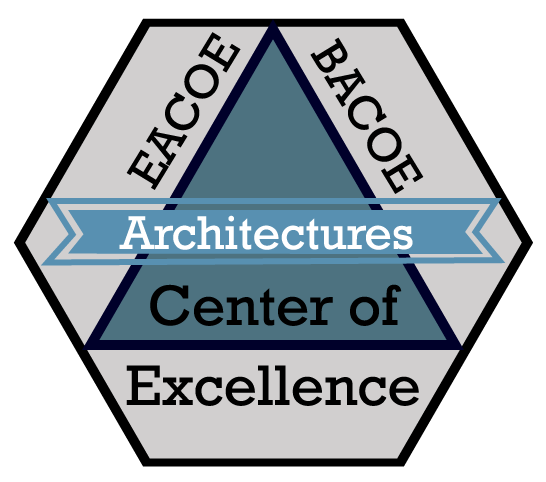The Imperative for One Enterprise Architecture Framework: Why One Framework is Essential
Enterprise Architecture (EA) frameworks are indispensable tools for organizations, providing structured thinking and guiding principles to align business strategies with information technology initiatives. While some may argue for flexibility in choosing or tailoring frameworks, the reality is that adopting a unified and standardized EA framework is critical to achieving coherence, efficiency, and long-term success across industries, and more importantly, develop the Enterprise Architecture profession. Frameworks do not evolve or have “version numbers”.
Three classic examples of a Framework that resulted in professions include (1) Mendeleev Periodic table of the elements, (2) the notes in music, and (3) the English alphabet. There would be no “profession” without agreed-to stable Frameworks – Frames of Reference.
The Enterprise Framework (please note that it is not only an Enterprise Architecture framework) is the seminal work of John Zachman – The Zachman Ontology, and its “enablement” by the Enterprise Architecture Center Of Excellence.
Categories
- Agility
- Architecture Models
- Architecture Views
- Artificial Intelligence
- Assemble to Order
- BTP
- Benefits
- Big Data
- Bill of Materials
- Book
- Business Architect
- Business Architecture
- Business Architecture Framework
- Business Architecture Participants
- Business Architecture Tools
- Business Capability
- Capabilities
- Capability Ability
- Certification
- Certification Levels
- Certification Mistakes
- Change Management
- Checklist
- Cloud
- Cloud Decommission
- Coding
- Communication
- Competition
- Complexity
- Confirmation Bias
- Consulting
- Cybersecurity
- Data
- Data Architecture
- Data Lake
- Data Modeling
- Data Sludge
- Data Swamp
- Differentiators
- Digital Transformation
- Distance Learning
- Enterprise Architect
- Enterprise Architecture
- Enterprise Architecture Framework
- Enterprise Architecture Participants
- Enterprise Architecture Tools
- Evaluation Checklist
- Evaluation Criteria
- Event Model
- Experiences needed


